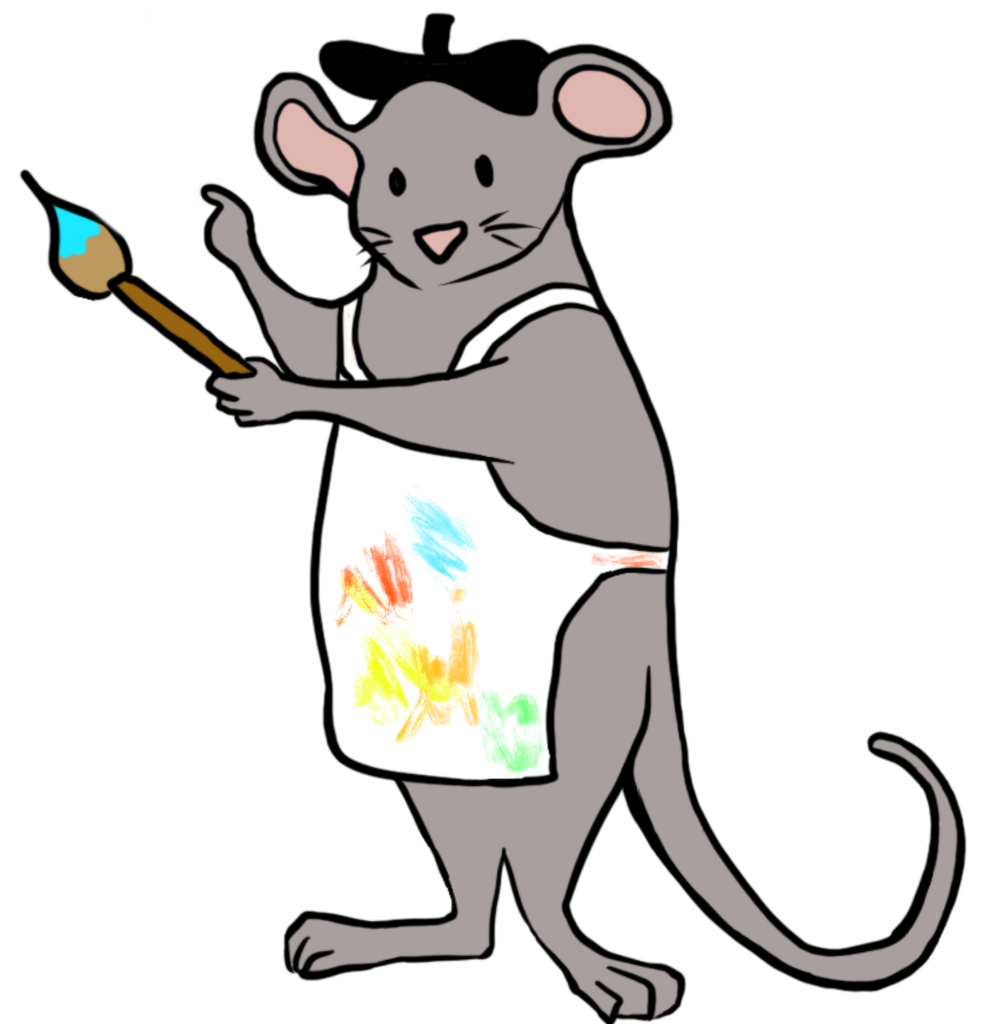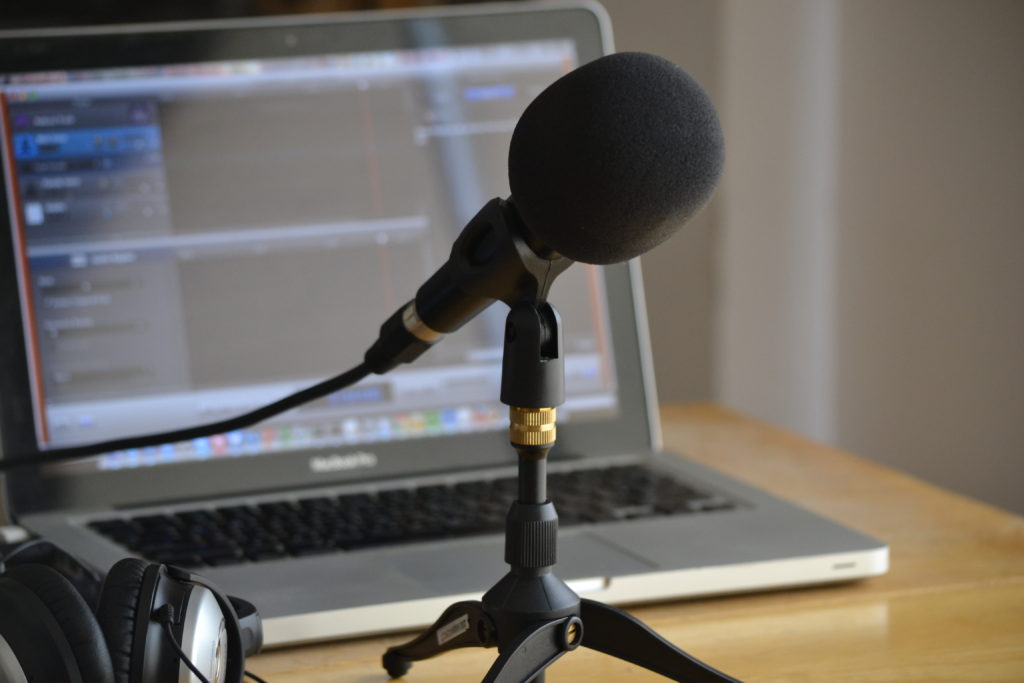Part 3: The Medium
3.8 Podcasting
Learning Objectives
- To contrast podcasting to other forms of risk communication
- To identify the benefits and drawbacks to using podcasts to deliver a message.

Today, everyone seems to have a podcast. As of September, 2019 there are over 700,000 active podcasts worldwide. Regular podcast listeners spend an average of 6.5 hours listening to podcasts each week. That’s a lot of audio content!
Why has there been a movement towards podcasting? Compared with traditional print media or television, podcasts are an alternative way to reach people who are busy. The audience can listen to a podcast while commuting, grocery shopping, or out on a run. They are also easily shared and distributed. Interestingly, podcast listeners are 81% more active on social media than the entire population, which highlights the potential for content sharing. Despite the potential value of podcasts for risk communication, they are also difficult to maintain. Many podcasts end before 7 episodes and generally a first season of episodes would consist of around 10 episodes.
Example
Have a Listen
Science Vs. is a podcast which features both expert interviews and narrator-synthesized content. Listen to the following episode on vaping and ask yourself:
- Where does this issue fall on the Hazard x Outrage spectrum?
- What do you think are the goals of the episode?
- How do they engage their audience?
- How do they address uncertainty?
- How do they convince the listener that they are credible?
Creating a podcast
When creating a podcast, consider the following components.
Goals and Format
Are your aims to persuade or to provide listeners with several positions on an issue? This will inform the format you choose, who you interview, and how you share that information. To determine how you want to share that information, listen to other podcasts to get a sense of styles that speak to you and would be appropriate for your content. Some podcasts incorporate humour while others are more professional. The style will depend on your audience. Some successful science communication podcasts use expert interviews (e.g. Broad Science, Ologies and Science Vs.) while others share synthesized scientific information (i.e., Radio Lab, Dope Labs) or a combination of both (check out: How to Save a Planet).
Audience
No matter the medium you choose, you will always be making a choice that will impact who you reach. Podcasts tend to be more popular among younger individuals with higher education. Approximately 50% of listeners are aged 25-44, and listeners are more likely to have a college degree. For a more detailed description of podcast audiences, see: The Meteoric Rise of Podcasting. Another interesting thing to keep in mind is that when and how often we listen to podcasts changes. The COVID-19 pandemic initially resulted in a decrease in the amount of time people spend listening to podcasts, which could be due to changes in commuting (many people listen to podcasts while transiting to work or other social activities). And so audience composition and size is constantly changing!
Length
Podcasts can range widely in length. Some podcasts deliver quick bits of information in a few minutes while others can be hours long! The length of your podcast will depend on your topic, your communication goal, and your format. Keep in mind that 22% of podcast listeners say they listen while driving, so when considering length, it’s worth thinking about commute times. In Canada, the average commute time is 25 minutes so podcasts of approximately this length or slightly less will be more attractive for listeners looking for digestible commute content. But, as mentioned above, this landscape is constantly changing!
Plan
Planning your podcast script in advance can be really handy and help to improve the flow of your questions and information that you share. Remember that podcasting is another form of storytelling. What is the setting? Who are the characters (i.e., experts or members of the public)? What are the issues that are being overcome or addressed? Consider all these factors when structuring your podcast. And, like a good story, think about how you will “hook” the audience at the start to engage them!
Equipment
Once you have a message, format, and plan, you now need to record. We suggest starting small. While there are certainly high-quality microphones and software that can be used, these are not necessary at the start. All you need is a computer and microphone. There are plenty of free software for recording and editing you can download; OSX users can use Garageband and PC users can use Audacity. There are also online platforms like Zencastr which will record separate audio files for multiple people (so handy for editing), which can and works well for interviews where people aren’t all in the same room. While it might be tempting to get a fancy microphone, many basic microphones either already on headsets or USB microphones will provide satisfactory audio for a new podcast.
Podcast guest vs podcast host
It is entirely possible that your communication goals don’t align with starting a podcast. They can be challenging to build an audience, they require lots of work and coordination, and they may be more suited for long-term communications campaigns vs. short-term issues. However, you may have the opportunity to be a guest on a podcast which in turn can help you to share your message and many of the same considerations still apply. Ensure you have a headset with a mic for recording, think of your audience (in this case, the audience of the podcast you are guesting on), your aims, and how you will tell your story within the time available.

Takeaways
Key Takeaways
- Podcasting is an increasingly popular medium that can be easily produced and has potential to reach a wide audience.
- Creating your own podcast can be a large endeavor that requires careful consideration about the ideal format, tone, length, frequency of release, and more.
Media Attributions
- Podcast equipment © Nicolas Solop is licensed under a CC BY-SA (Attribution ShareAlike) license

